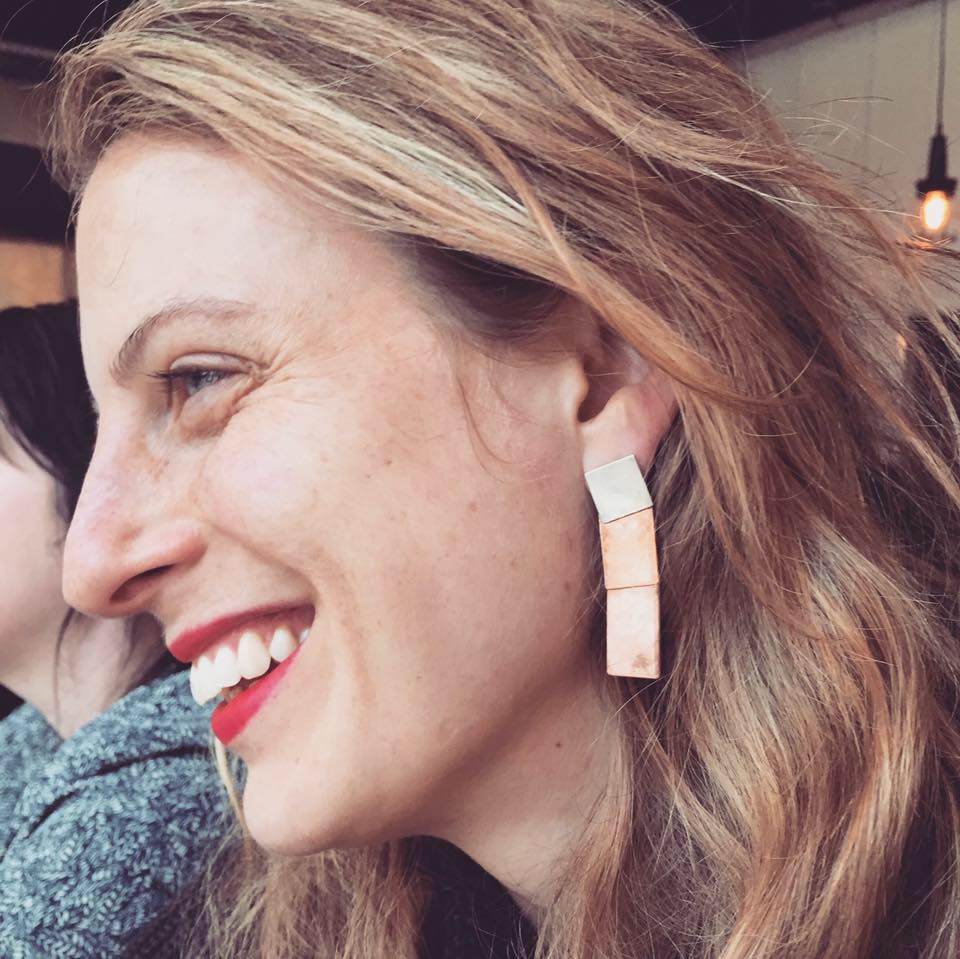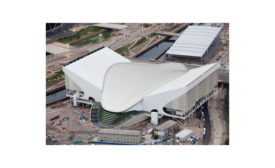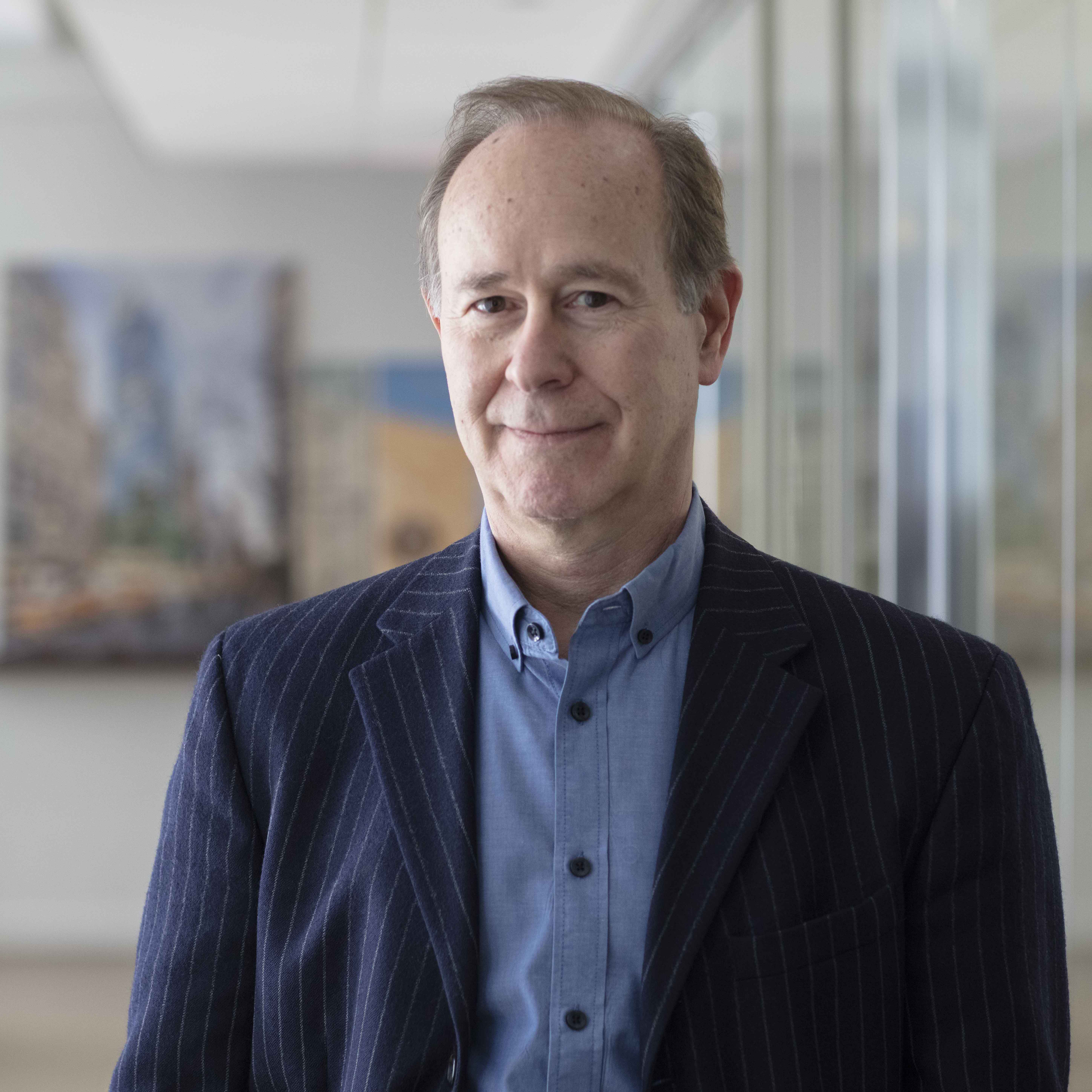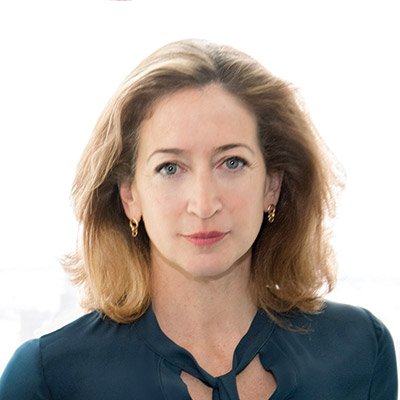Zaha Hadid Architects
Evelyn Grace Academy
Raising the Bar in Brixton: Winner of the 2011 Stirling Prize, this daring charter school aims to bridge architectural and social divides in a regenerating historic neighborhood.
Read More
MAXXI/National Museum of XXI Century Arts
MAXXI: Zaha Hadid Taps into Rome's past while creating its most contemporary building in decades.
Read More
Copyright ©2024. All Rights Reserved BNP Media.
Design, CMS, Hosting & Web Development :: ePublishing



